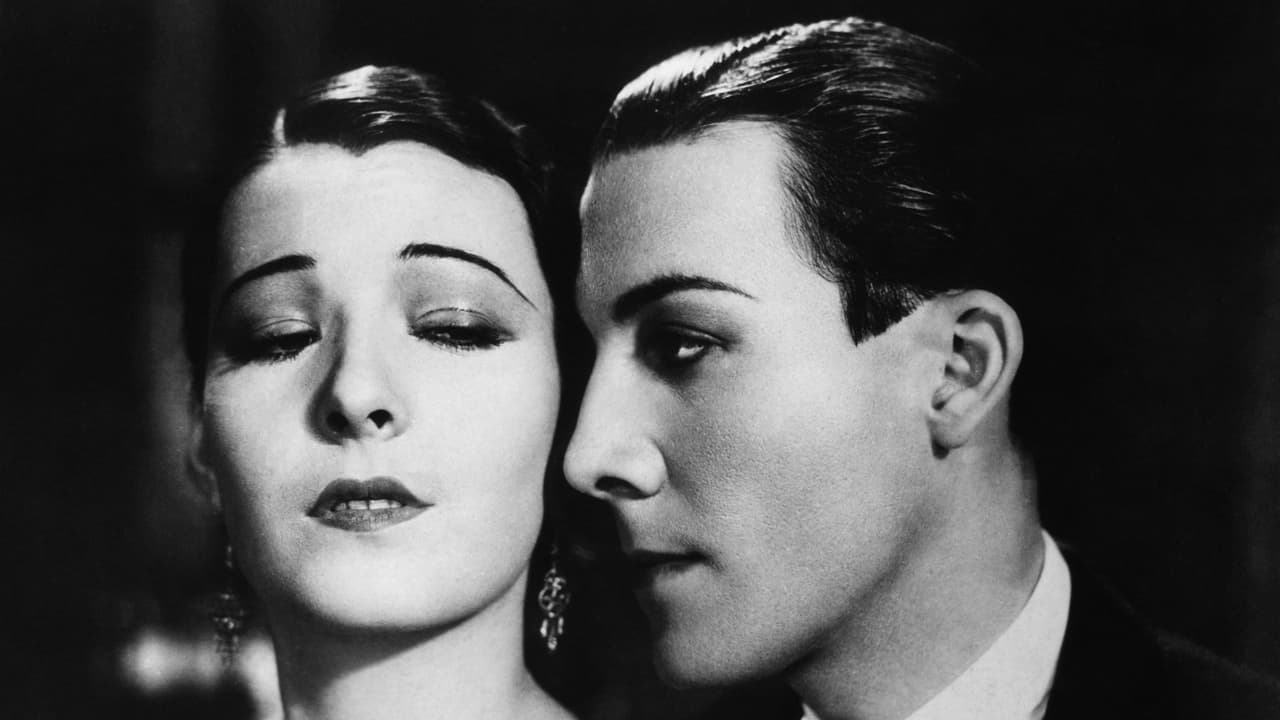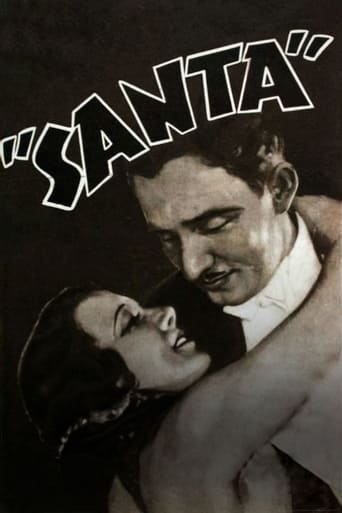Nonureva
Really Surprised!
Erica Derrick
By the time the dramatic fireworks start popping off, each one feels earned.
Staci Frederick
Blistering performances.
Cheryl
A clunky actioner with a handful of cool moments.
Chris Cuervo
Gamboa's Santa is one of the most filmed stories in Mexican cinema. This is one of the first versions, maybe the most famous because it is consider to be the first non-silent Mexican movie. Besides a couple of technical mistakes, in edition and illumination, the script of this version is strong in material according to the 1930's. Lupita Tovar creates a great character of a prostitute, well developed and always proud nevertheless how hard is she hit by her condition of vulnerability. This character is enough to support the whole movie, and according to the novel, men are just companions in the raise and fall of Santa as the best prostitute.
rirwin
While this version makes several noticeable changes from Federico Gamboa's 1902 novel (most notably, it eliminates the lesbian prostitute, la Gaditana, and transforms the role of Marcelino in a way that significantly affects the degree to which Santa's vicious nature is to blame for her betrayal of her lover, el Jarameño), the script is well written, the film is well acted and it remains a joy to watch. While the silent version is still fun as well, the later version with Ricardo Montalbán is quite awful.
tacubas
In Fact it isn't the first one, there have been at least 6 before this one, but is intended to be because this movie has a great history in it. The novel was the first best seller of Mexico, and also this movie was an American Super Production (in that time). It also is the mother of a legend of Mexican dramas, and the fichera's movies. Considered as a jewel, Santa makes you understand why Mexican cinematographers made a whole genre of it, the kind of teatrical drama, whores as incredible "pure woman", and Mexico as a producer of their films. Any comments, u can emailme.


